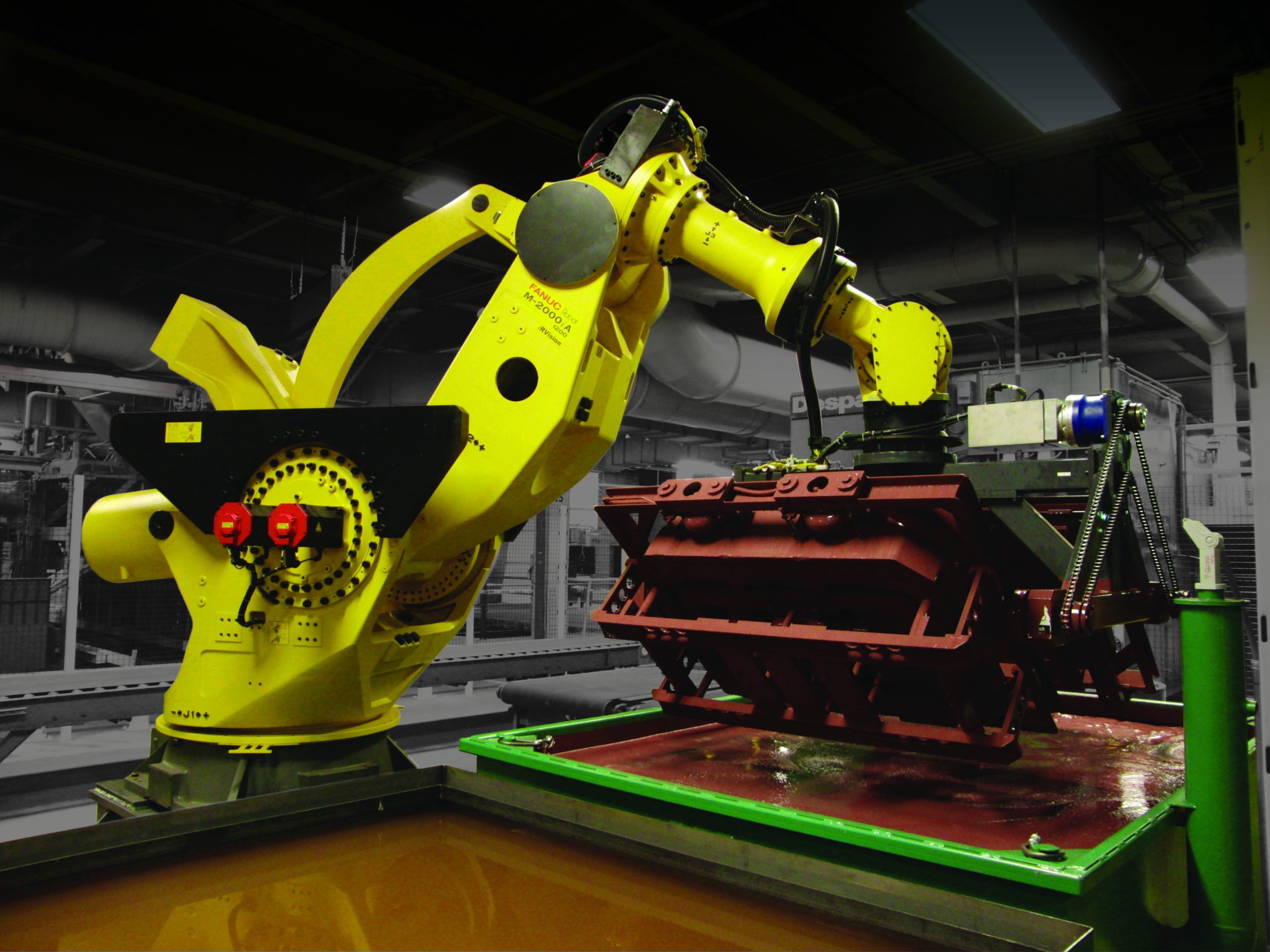In today’s rapidly evolving manufacturing landscape, industrial robots and robotic manufacturing have emerged as key drivers of innovation and efficiency. The introduction of robotics into manufacturing has revolutionized this industry. It offers a variety of advantages for companies looking to increase efficiency quality, competitiveness, or quality. With the need for automated solutions increases manufacturing robots have been playing an ever-growing role in determining the future of manufacturing.

Manufacturing robots (also known as industrial robots) are specially designed machines to carry out various tasks in an industrial setting. This could include welding and painting, assembly, picking and putting, packaging and many more. Industrial robotics is a field that studies and uses the robots to improve efficiency and precision in manufacturing processes.
Automated Solutions Australia is one of the companies at the leading edge. They are specialized in industrial robot systems that can be customized to meet the needs of manufacturing customers. ASA robotics for manufacturing in industrial settings seek to provide clients with an edge in the market by increasing their efficiency and quality. ASA industrial robotics are highly sought-after by businesses in a range of industries, such as electronic, pharmaceuticals and automotive.
Industrial robots have advantages that can be numerous. One of the main benefits is improvement in productivity and efficiency. Industrial robots are able to perform repetitive tasks with precision and consistency and result in higher productivity rates. This increases overall productivity and allows businesses to efficiently keep up with consumer demand.
Additionally, industrial robots improve quality control within manufacturing processes. These machines reduce the risk of errors by executing tasks efficiently and accurately which results in better quality products. This improves customer satisfaction as well as bolsters the credibility of a company’s brand for providing premium quality products.
Industrial robots aren’t just reliable and durable, they also save you money. While the initial investment into manufacturing robots could seem significant However, the savings in the long run are significant. Through streamlining processes in production and reducing the need to use manual labor, companies can lower operational costs and earn a quick ROI. Industrial robots are able to operate 24 hours a day and maximize the utilization of resources, and reduces costs of production per unit.
The impact of industrial robots on workplace is another significant advantage. They create low levels of noise, resulting in an environment that is more peaceful and more comfortable for workers. Furthermore their speed and precision help to make the workplace safer, by minimizing the risk of injuries and accidents.
The integration of industrial robots is also vital for the future of job creation and employment. While there may be concerns about the impact of automation on human labor but the truth is that industrial robots open up new avenues for job opportunities. This is the case for roles in robotic programming, maintenance, oversight and control, as well as the development of cutting-edge technology for supporting robot manufacturing.
In the process of allowing the manufacturing industry to take on the potential of industrial robots, businesses across various industries are reaping the benefits of this revolutionary technology. Industrial robotics, with its ability to improve effectiveness, efficiency, and quality has revolutionized the way products are manufactured.
In the end, the rise of industrial robots and manufacturing robotics marks an important shift in the manufacturing sector. The integration of these cutting-edge technologies has enabled businesses to reach new levels of productivity accuracy, precision, and efficiency. As the use of automation continues to expand, industrial robots could play an important part in shaping the manufacturing future as they drive innovation and propel businesses to succeed on the global market.